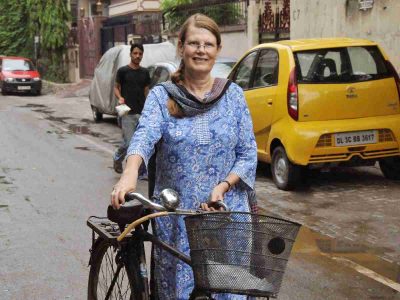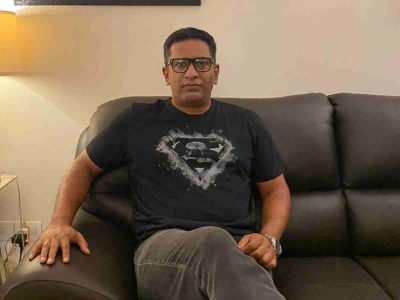India’s first underground art fair that calls for greater diversity in arts, was recently opened for the public and will be on display till February 5
The Capital is ready to host its annual art affair and welcome people from around the world to experience the best of South Asian practices. There is the Indian Art Fair and an underground one, known as The Irregulars Art Fair (TIRAF), showcasing works by the country’s visual artists, designers, illustrators and filmmakers who don’t necessarily fit into the establishment of a traditional Art Fair.
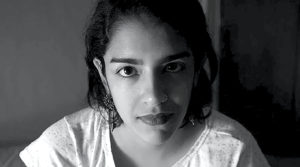
Patriot spoke to one of the founders and curators at TIRAF, Tarini Sethi, a fine artist herself. She takes us through the journey from the anti-art fair’s first edition to opening its second one for the public.
It is The Irregular Art Fair’s second year. Can you share how has it evolved in its second innings? Any learnings from last year for this year’s exhibit?
Quite a bit of learning that has happened. In our first year, since we were only beginning, we were only trying to give, as many artists as possible, a platform. This year it has been curated a bit better. We have spread out the exhibition to different locations. Apart from our main space, Studio Khirki, we now have a poster show happening at the Agenc, a design agency based in Dhan Mill Compound in Chhattarpur, as last time we had a lot of designers and illustrators coming to us for a suitable place to exhibit their work.
So, there is a selection of 40 designers who have made posters around this year’s theme — Altered Realities. Unlike last time, where we only had three murals, this time we have a proper show by 10 muralists taking over the walls of Dhan Mill Compound and some at Studio Khirki.
And the films and zines on display…
We wanted to give precedence to the filmmakers who are doing some interesting work through this medium. For that, we have setup a film room at the top of Studio Khirki that has films playing all day long. We also have a reading room this time that showcases more affordable art, which is basically artist prints and zines.
Zines have been a big thing around the world and for the last couple of years there has been a certain craze in India among zine makers and collectors. A range of 60 artists from around the world have their work set up in the reading room.
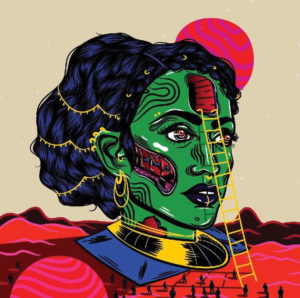
Recently, a zine festival took place where you participated under working hours collective and now the Irregulars has also commenced. I am sure there is a lot of art to catch up on. What is the significance of this time of the year for an artist or art enthusiast?
The thing about this time of the year is that every single art gallery in Delhi, or in India, have their opening owing to the India Art Fair, with a bunch of collaterals and satellite shows, because of which a lot of artists, art enthusiasts and collectors are visiting the Capital. The timing ensures the exhibition is viewed by a wide variety of people from other cities, including the regular crowd that comes in.
What is it that you are personally looking forward to at Irregulars from the entire line-up of visual art, performances, zines and workshops?
As a curator, I should probably not pick one. But I am really looking forward to the zine and stamp-making workshops. Like today, we have this workshop on interactive video making, which is very interesting as people get to learn how to make interactive videos using their cameras and computers. One of the artists will be using a workshop to share techniques of Pattachitra storytelling. Every work that is on display is hand picked and we are very excited for the days ahead.
What was the criteria for the selection of works?
Since we had a theme this time, the curatorial process was a bit different from last year. The applicants needed to propose their work around the motif of Altered Realities. We looked into the quality of the proposal and how it synced with our theme and made sure only well thought out applications were selected. Out of the 300 applications that we received this year, we picked some 35 visual artists, eight filmmakers and 30 performances.
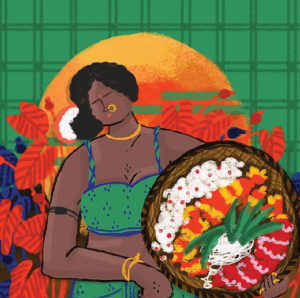
There are a lot of artists who are not from Delhi. We see you help them with sponsorships and places to crash at. What inspires you to do so much for the fellow creatives?
Anant (co-founder) and I knew that for Irregular’s first five to six years, we would have to do all that we can from our end to support artists. The plan is to provide a platform for the work that deserves one. This is important for us and that is the idea of having an anti-art fair.
Last year, we charged a fee of Rs 1,500 from every artist for setting up their spaces, but this time we did not charge them for anything. Instead, we provided them with carpenters and electricians. For people visiting us from outside Delhi, we provided free accommodations through our friends and people who follow Irregulars. Some artists required a huge amount of sponsorship, which we could not afford. However, we thought that if we are doing this, we must try as hard as possible.
What do you think is the general art scenario in Delhi? Do you think people go out to see as much art as they do in other Indian cities? What about the art buyers in Delhi?
The art scene in Delhi or India is still pretty closed, I think. It is about who you know in the industry. Galleries like Viscose are open to all but not many people know about it. The idea of Berlin art scene and New York art scene is that they are so much more open to people to come in and see or exhibit.
Most exhibitions in Delhi are private events with unaffordable art, whereas we wanted to identify ourselves as open to everyone, as long as they are interested in the creative arts. To ensure that, our tickets are priced at an affordable cost, which will allow a common man to visit and will also enable us to cover our costs.
And the curated walks with school kids…
A lot of people, who wanted to bring in groups of children, got in touch with us. We have someone from our team who will walk them around and they also get discounted tickets.
What are you aiming for with this year’s exhibit?
The aim is still the same as last year’s — to encourage people to think of going to an art fair on a fine Sunday morning. Make it a casual deal for families and friends to go see art and not let it remain something exclusively for the elite of the city.


